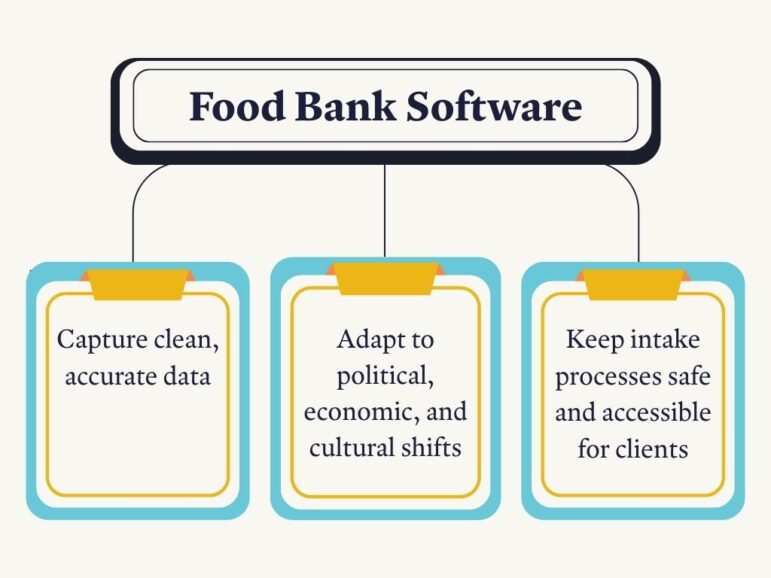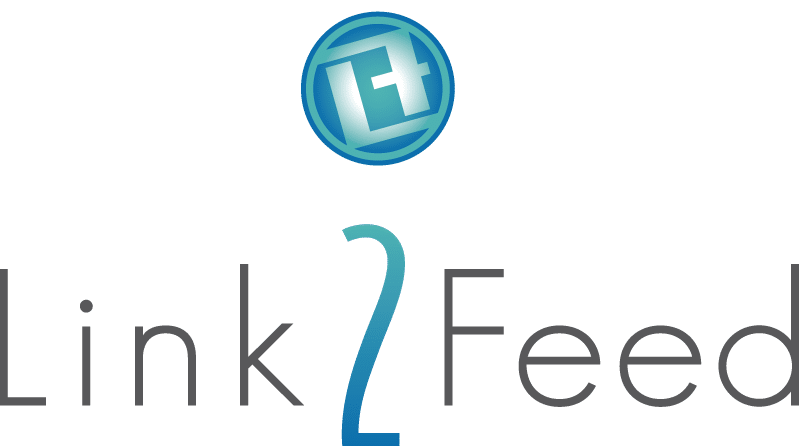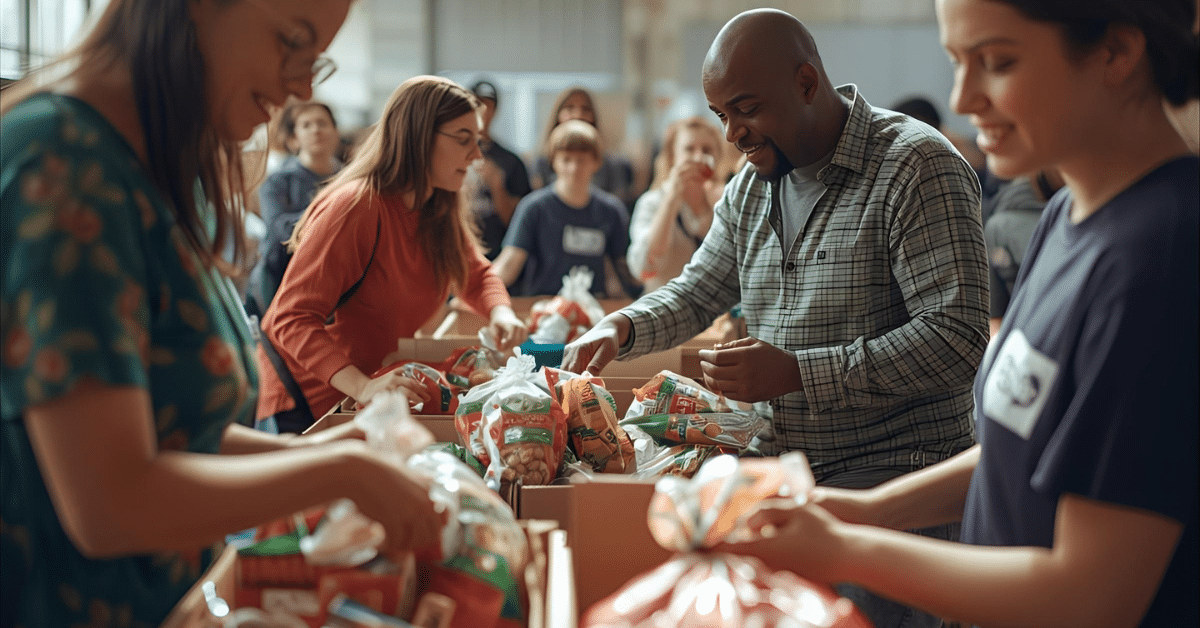Written by: Victoria Ziemianin
A beacon for three decades, gone in the blink of an eye.
The USDA Food Security Report has been canceled, and food bank leaders are reeling. After all, the need for data doesn’t just vanish. To continue serving their communities, food bank leaders must work with the hand they’ve been dealt this year.
Why the cancellation hits food banking so hard
Communities, policymakers, and nonprofits have looked to the USDA food security report as a benchmark for 30 years. Without the report’s data, the burden of tracking hunger will shift from national surveys to local organizations and the technology partners that support them.
For food banks, this moment represents both a challenge and an opportunity. The demand for strong, credible, and flexible community-level data has never been greater—not only to track numbers, but to build trust.
“If an organization doesn’t openly share its financial records, decision-making processes, or goals, it makes people suspicious. Donors and supporters may wonder, ‘Where is my money going?’ or ‘Is this organization really making the impact they say they are?’”
— Viken Mikaelian for Philanthropy.com
Better data means better planning, funding, transparency, and services.
A new strategy for 2026 budget planning
Like most, your food bank is probably already midstream with 2026 budget requests. With the loss of USDA’s reporting, demonstrating community need through reliable data will be a necessity.
Here are two tips for navigating this change successfully in your budget planning:
- Address the report cancellation head-on. Proactive framing will make technology investments easier to justify.
- Open the door to discussions on expanding data infrastructure and carving out more dedicated budget space for food bank software.
In 2026 and beyond, you will need to have the right systems in place to capture the data you need and put it to work. And not all systems are created equal.
Choosing the right tools for this moment
Widely used free and legacy food bank software often comes with limitations:
- Challenges with data duplication that weaken reporting.
- Data insecurity that can bring your service and neighboring organizations’ service to a halt.
- One-size-fits-all intake processes that don’t match the needs of all your programs and partners under them.
To stay operational and vital, food banks will need to fire on all these cylinders at once:

Data ownership & trust
Data ownership isn’t just a technology issue; it’s a matter of community trust.
- If food banks don’t own their data, technology providers may sell or share it with third parties, including government entities.
- In today’s environment, ensuring client identities are protected is essential to maintaining accessibility and safety.
- A robust, secure food bank software should allow you to control how intake data is collected and used. This gives clients confidence that sharing their information with you will never put them at risk.
But it’s not just your clients who need protection, advocacy, and transparency, your staff and supporters rely on it, too.
Strengthening the case for food bank software budgets
Every year, food banks are called on to justify expenses to boards, funders, and stakeholders. The end of the USDA Food Security Report is not only disruptive; it’s an opportunity. One which provides an urgent, external justification for new action. Budgeting for technology is no longer optional, it’s essential.
- Reliable data is the foundation for proving impact and advocating for resources.
- An investment in food bank software should now be framed as a critical part of future-proofing operations, not just a line-item expense.
Future-proofing your operations
With the absence of a trusted federal data source to validate your work, this is the time to implement your own system—one that measures impact, identifies needs, and strengthens funding proposals and budget justifications.
Investing in reliable, secure, and adaptable systems makes that job easier, and ensures your organization continues to lead the fight against hunger.
Link2Feed is that system. Let’s talk about how we can support you.

